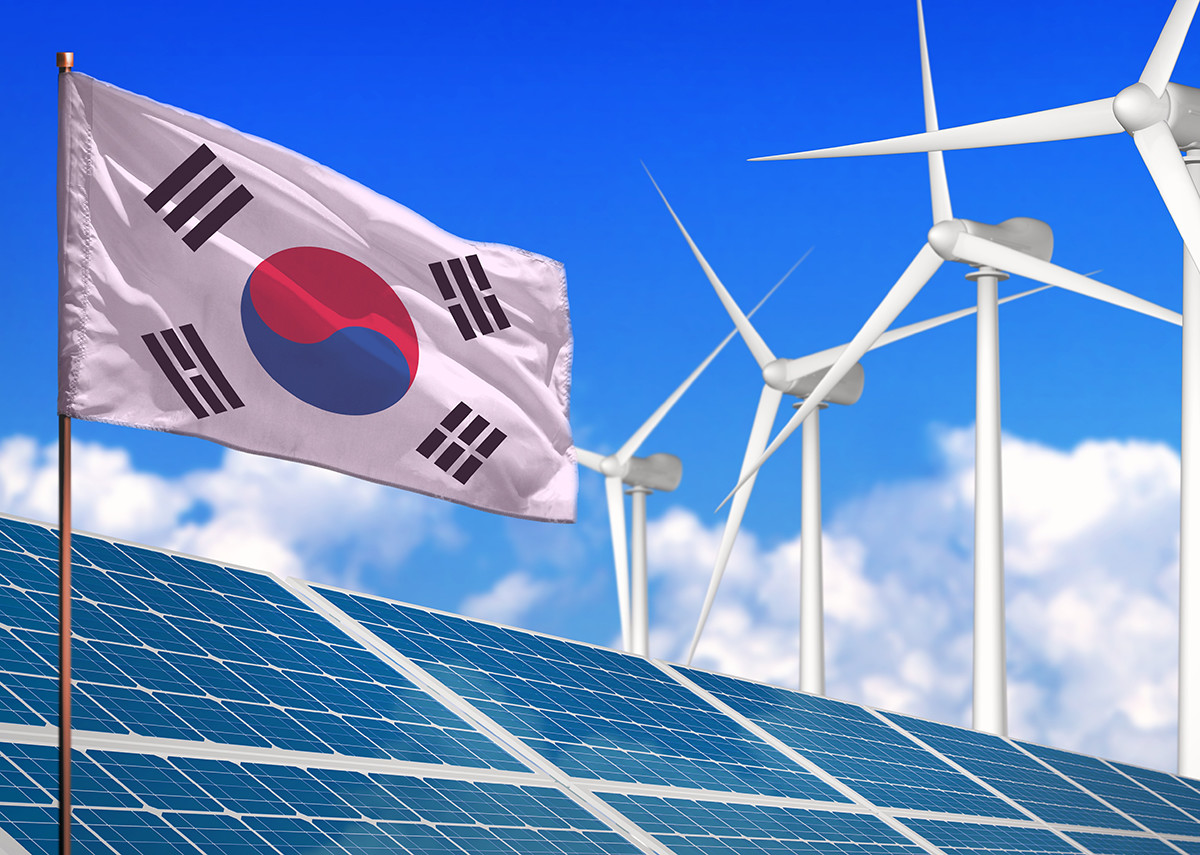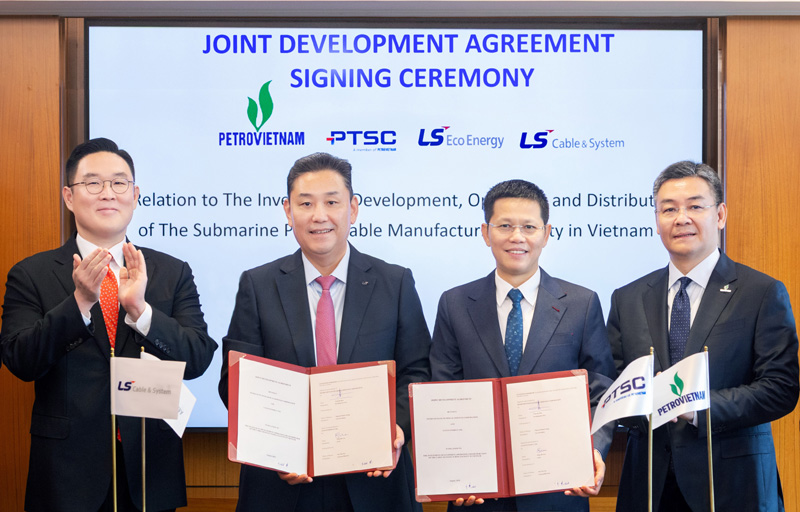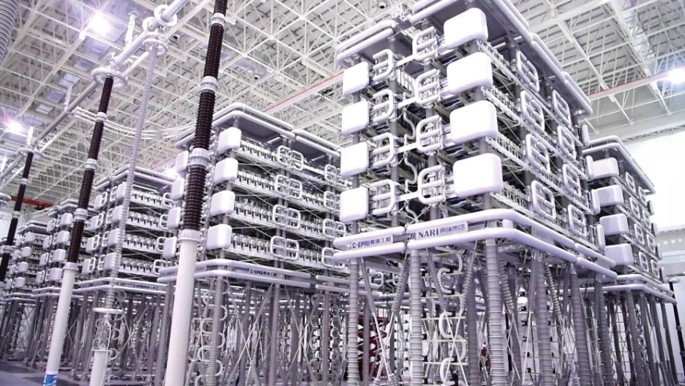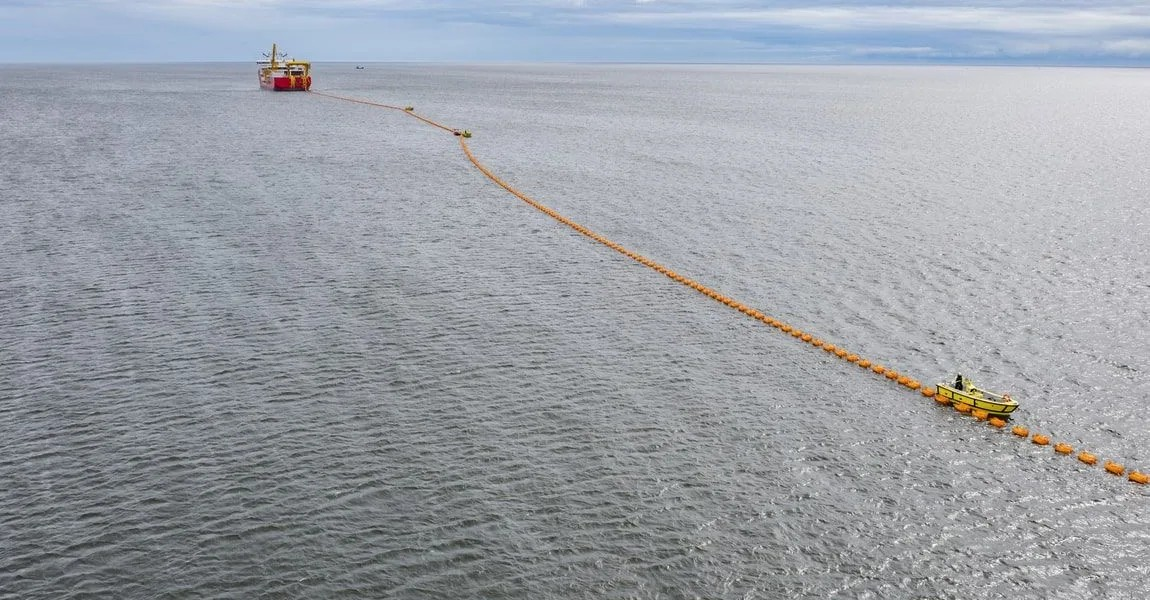Korea to establish nationwide 'energy expressway' by 2040s


South Korea has unveiled one of the most ambitious national energy infrastructure projects in its history: the establishment of a nationwide high-voltage direct current (HVDC) “energy expressway” slated for completion by the 2040s. The initiative, anchored in the policy roadmap of President Lee Jae-myung's administration, is a direct response to the country’s surging electricity demand, driven by expanding artificial intelligence workloads, new industrial clusters, and the state’s aggressive decarbonization targets.
The plan centers on building advanced HVDC networks initially along the west coast, a region that houses major renewable energy clusters, with a phased rollout beginning in the 2030s. By the 2040s, the expressway will trace a U-shaped corridor, ultimately enveloping the southern and eastern coasts as well, delivering power efficiently across the nation’s increasingly distributed sources and consumption points. This infrastructure will integrate and optimize the delivery of renewable energy resources, namely offshore wind and solar, generated in regions such as Honam to dense industrial and urban areas, especially in the Seoul metropolitan region.
The West Coast HVDC network, the centerpiece of the first construction phase, will stretch 620km and boast 8GW of transmission capacity. State-run Korea Electric Power Corp. (KEPCO) leads the project, which commands a projected 7.9 trillion won investment, with the first segment targeted to be operational by 2031, ahead of an initial 2036 schedule. Strategic collaborations, such as that between LS Electric and GE Vernova, are pivotal in advancing VSC HVDC technology and scaling up local manufacturing—a move designed both to reduce reliance on foreign suppliers and to future-proof the grid’s resilience and flexibility.
Technology and market development for HVDC in South Korea have focused on high-efficiency, long-distance cable laying, crucial for addressing the country’s geographic mismatch between renewable generation clusters and primary consumption zones.
By 2030, Korea aims to expand its transmission grid to 48,592 circuit kilometers, a more than 30% increase over its current 37,169 ckm, to support renewable energy targets that have been raised to over 78GW in capacity, up from 35.1GW today. This grid modernization is also synchronized with the expansion of next-generation grid technologies, such as energy storage integration, BESS, and AC/DC hybrid testbeds—helping stabilize supply and enable deeper renewable penetration.
The convergence of large-scale renewable integration, government-backed market certainty, and a robust technology localization drive is making Korea a center of HVDC deployment.








